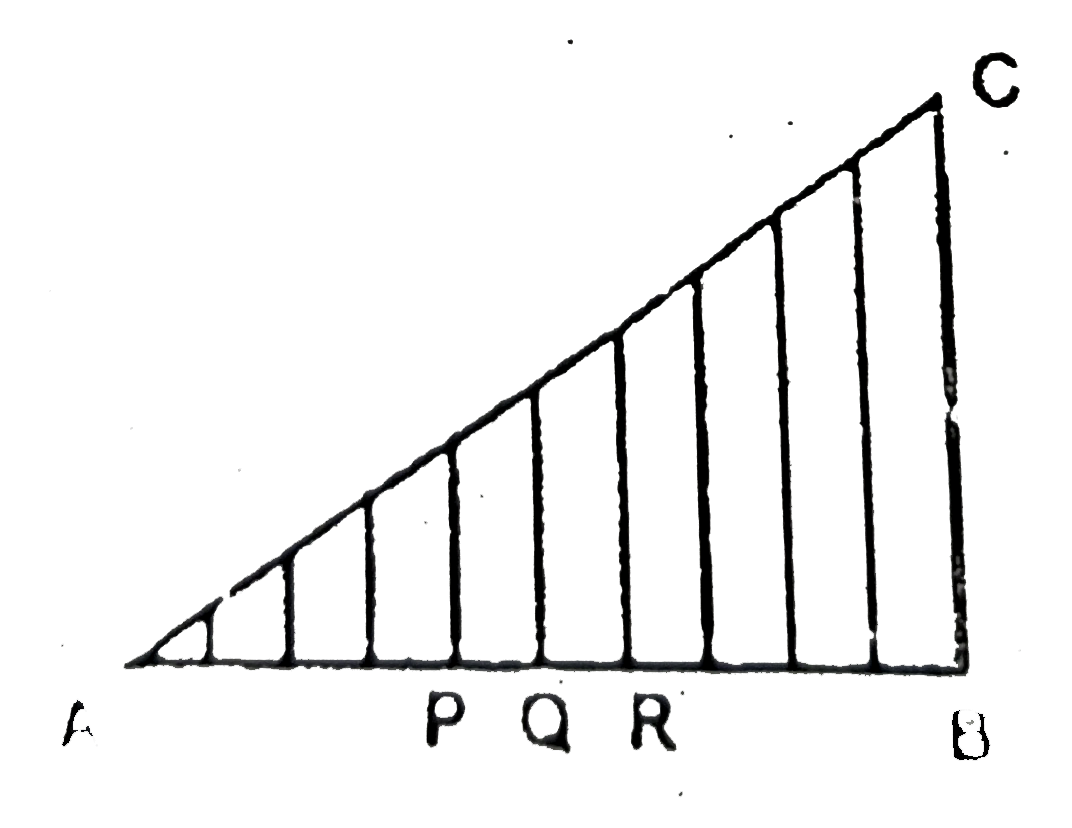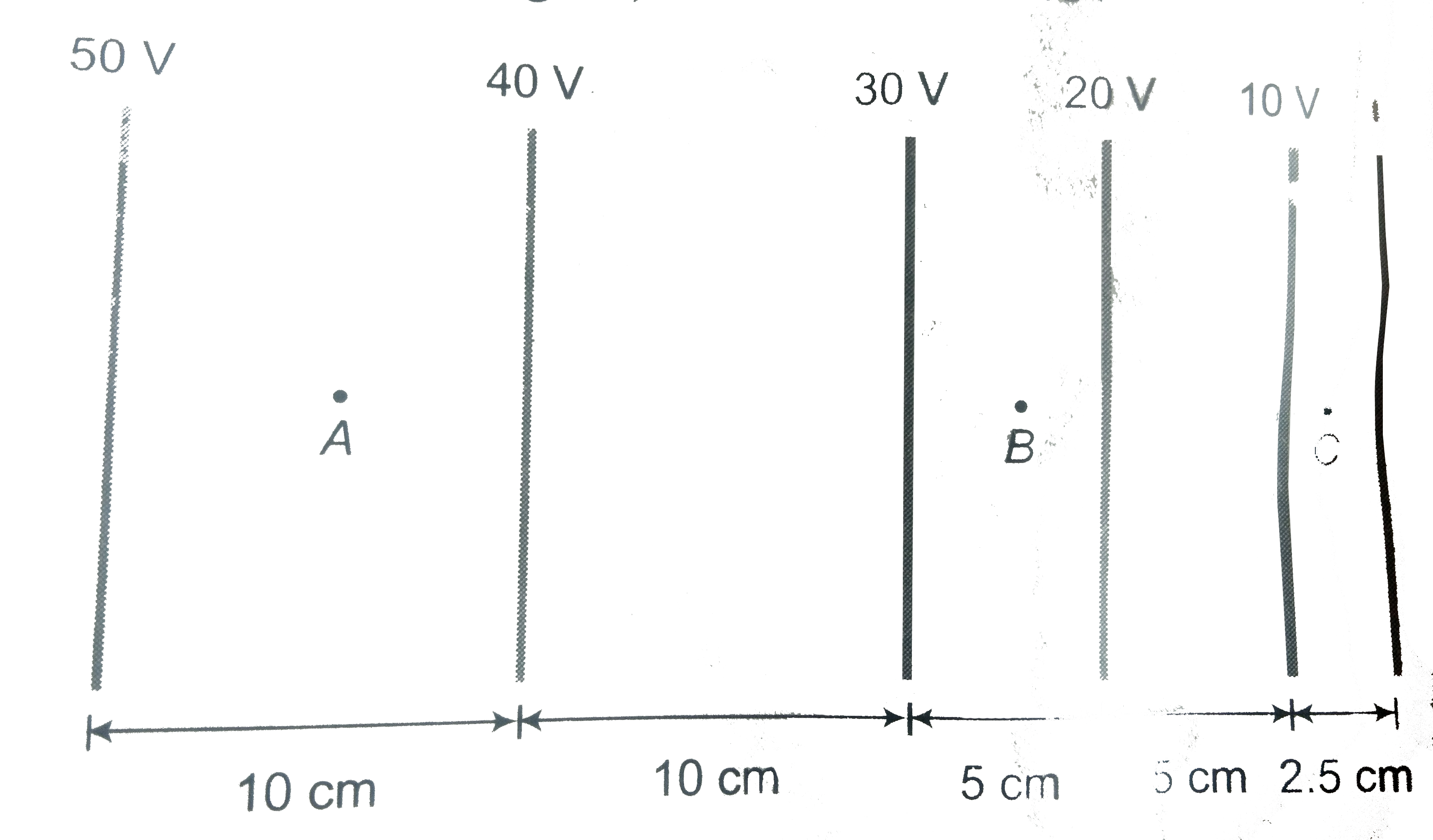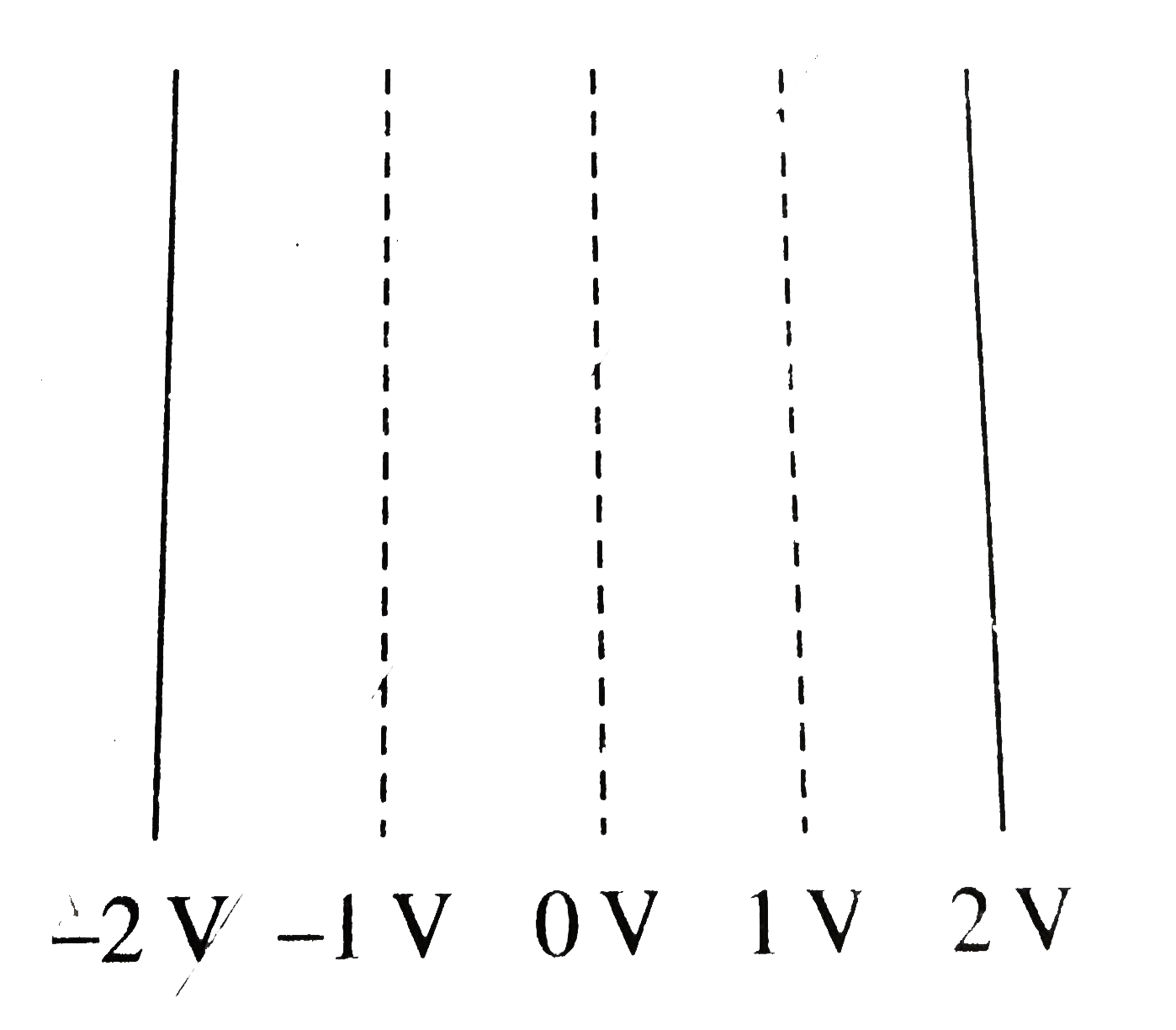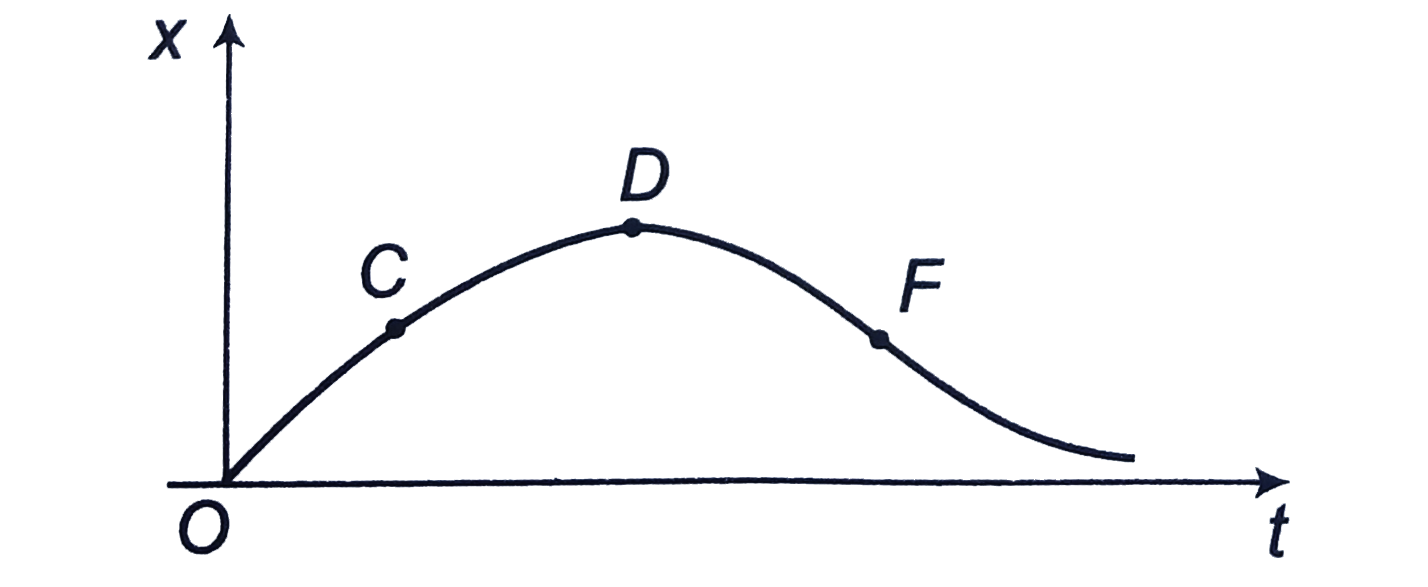Same equipotential lines distributed in space are shown below. A charged object moves from A to B:

Work done is same in fig (I), (II) and (III)
Work done is greatest in fig (I)
Work done is least in fig (II)
Work done in fig (III) is greater then fig (II) but equal to that in fig (I)
The correct Answer is:A
Work done is given by
Hence, the initial and final potential is same in all the figures.
Topper's Solved these Questions
- BOOK - EDUCART PUBLICATIONCHAPTER - SAMPLE PAPER - 8EXERCISE - Section C6videos
SAMPLE PAPER - 8
- BOOK - EDUCART PUBLICATIONCHAPTER - SAMPLE PAPER - 8EXERCISE - Section C6videos
SAMPLE PAPER - 8
- BOOK - EDUCART PUBLICATIONCHAPTER - CBSE TERM-1 SAMPLE PAPER 1EXERCISE - SECTION-C6videos
CBSE TERM-1 SAMPLE PAPER 1
- BOOK - EDUCART PUBLICATIONCHAPTER - SAMPLE PAPER 04 (SOLVED)EXERCISE - SECTION-C6videos
SAMPLE PAPER 04 (SOLVED)
Similar Questions
Knowledge Check
- Question 1 - Select One
Figure shows some equipotential lines distributed in space. A charged object is moved from point A to point B.
 AThe work done in Fig. (i) is the greatestBThe work done in Fig. (ii) is leastCThe work done is the same in Fig. (i), Fig. (ii) and Fig. (iii)DThe work done in Fig. (iii) is greater than Fig. (ii) but equal to that in Fig. (i)
AThe work done in Fig. (i) is the greatestBThe work done in Fig. (ii) is leastCThe work done is the same in Fig. (i), Fig. (ii) and Fig. (iii)DThe work done in Fig. (iii) is greater than Fig. (ii) but equal to that in Fig. (i) - Question 2 - Select One
There are infinite equipotential lines all parallel to BC in a right angled triangular region ABC as shown in the figure. All the points on a line have the same potential proportional to the length of the line.
A positive charge is moved from A to B and C separately to do work. WA→B & WA→C, respectively, then
 AWA→B>WA→CBWA→B<WA→CCWA→B=WA→CDnot predictable
AWA→B>WA→CBWA→B<WA→CCWA→B=WA→CDnot predictable - Question 3 - Select One
In the following figure, equipotential lines are shown
 AEA=1V/cmBEB=2V/cmCEC=4V/cmDAll options are correct
AEA=1V/cmBEB=2V/cmCEC=4V/cmDAll options are correct
Figure shows some equipotential lines distributed in space. A charged object is moved from point A to point 5.
 View Solution
View SolutionThere are infinite equipotential lines all parallel to BC in a right angled triangular region ABC as shown in the figure. All the points on a line have the same potential proportional to the length of the line.
A positive charge is moved from A to B and C separately to do work. WA→B & WA→C, respectively, then
 View Solution
View SolutionThere are infinite equipotential lines all parallel to BC in a right angled triangular region ABC as shown in the figure. All the points on a line have the same potential proportional to the length of the line.
A positive charge is moved from A to B and C separately to do work. WA→B & WA→C, respectively, then
 View Solution
View SolutionA battery (or batteries) connected to two parallel plates produces the equipotential lines between the plates as shown. Which of the following configurations is most likely to produce these equipotential lines?
 View Solution
View SolutionThe position-time graph of an object moving in a straight line is shown below. The object has zero velocity at
 View Solution
View Solution
